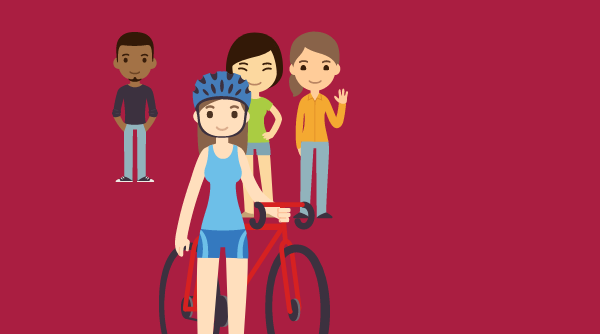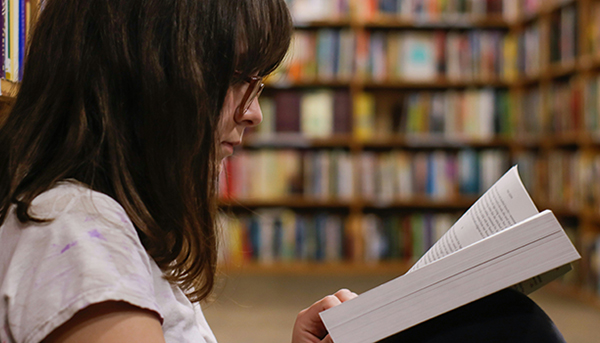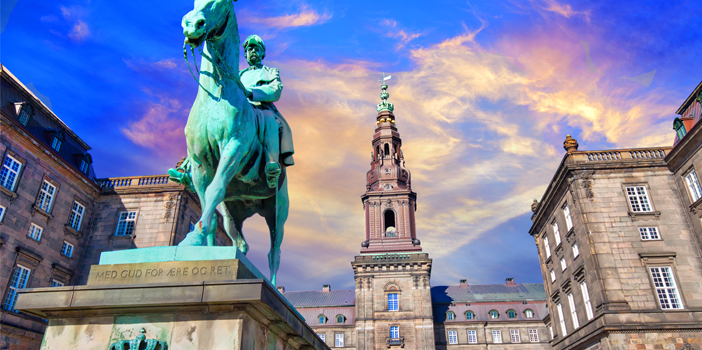
How often are there parliamentary elections?
In Denmark, the law states that there must be a parliamentary election (’folketingsvalg’) at least once every four years. However, it often happens more frequently than that. It is the prime minister (‘statsministeren’) who decides when the election is.
Why does Denmark have so many political parties?
Good question. Some parties are very old. Det Konservative Folkeparti (The Conservative People’s Party), Radikale Venstre (The Social-Liberal Party), Socialdemokratiet (The Social Democratic Party) and Venstre (The Liberal Party) are all over 100 years old. However, Denmark also has a tradition for new parties that goes back many years. Some parties stick around for years. Others quickly dissolve again. It creates some dynamism and offers some surprises.
Why is the party named Venstre not left-wing?
When Venstre (literally ‘Left’) was founded, it was in strong opposition against Det Konservative Folkeparti, who back then went under the name of Højre (‘Right’). That’s why the name Venstre was chosen. Times have changed and so have concepts of right and left in politics, but the name has stuck.
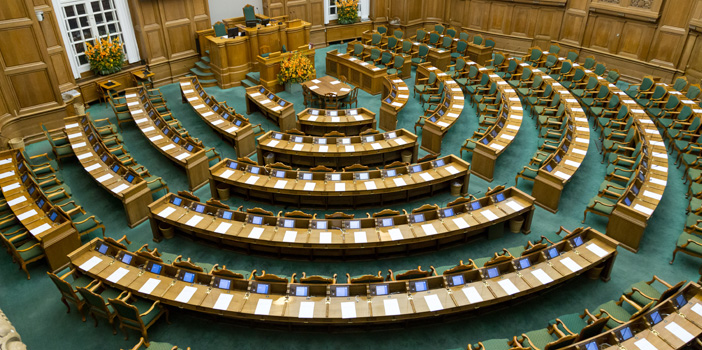
How is the government formed?
Because there are so many parties, there is not one party that gains a majority alone. This means that the road to forming a government in Denmark is a little peculiar, and it involves the Queen!
Once an election is over and all votes have been counted, we know what parties have got seats in Folketinget (Denmark’s parliament). Now starts something called a ’dronningerunde’ (’Queen’s round’): Spokespeople from each party take turns visiting the Queen and telling her who they’d like to lead negotiations for the formation of a new government.
In recent times, parties on the left have usually pointed to the leader of Socialdemokratiet, and parties on the right have usually pointed to the leader of Venstre. But not always. Some, even from small parties, point to themselves.
The person that the majority selects gets the title of ’kongelig undersøger’ (’royal investigator’), which means that she is entitled to lead negotiations for forming a government. After the election in November, Mette Frederiksen became ’kongelig undersøger’ because she was the one that had the most backing – not because she was prime minister.
If the negotiations fail, there is a new ’dronningerunde’. And this can continue until a government is in place.
The Queen does not decide who gets to be the ‘royal investigator’. But this is one of the quirky traditions that come with having a constitutional monarchy such as Denmark’s.
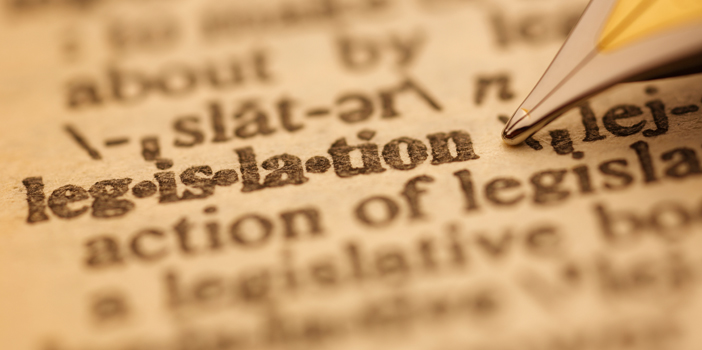
Why is it hard to count to 90?
For many people learning Danish it IS hard to count to 90 because Danish numbers are so tricky. But when we talk about ’tælle til 90’ (’counting to 90’) in politics, it refers to the fact that a government needs the backing of at least 90 members of parliament. The Danish parliament has 179 members, so 90 is just exactly a majority.
What’s the difference between being in government and being a supporting party?
The government we had from 2019 and until the election in November 2022 was a so-called ’mindretalsregering’ (minority government) with ‘støttepartier’ (supporting parties). Only Socialdemokratiet was in government, and all ministers came from Socialdemokratiet. But Socialdemokratiet had three supporting parties: Enhedslisten (The Red-Green Alliance), SF (Green Left) and Radikale Venstre (The Social-Liberal Party). Together, they formed a majority, also known as a ’parlamentarisk grundlag’ (‘parliamentary base’). The supporting parties were not directly in government, but they had negotiated with Socialdemokratiet around different causes and priorities that were important to them. They were then able to pass these in return for supporting Socialdemokratiet as a government.
Now, we have a government without supporting parties – but with three parties: Socialdemokratiet, Moderaterne (The Moderates) and Venstre. This means that these three parties have committed to agreeing on all proposals that they present. It also means that all three parties have members who are ministers in the new government. In other words, there is more power to being a government party than a supporting party.
Funnily enough, the combined number of mandates for the government is ’only’ 89 members. But they also have the support of the four mandates that come from the Faroe Islands and Greenland. In this way, the four North Atlantic members of parliament are kind of like supporting parties. They are not in government, but they support it and give it enough mandates (93 in all) to have a majority.
Well then, who is in this new government?
The new government is unusual in Danish history. First of all, a brand-new party – Moderaterne – is in it. Secondly, Venstre and Socialdemokratiet are in government together for the first time in over 40 years.
Denmark’s prime minister – as before the election – is Mette Frederiksen from Socialdemokratiet.
For the first time, we now have a ’vicestatsminister’ (deputy prime minister) – someone who stands in for the prime minister when she is absent. We haven’t had that before. The new ‘vicestatsminister’ is Jakob Ellemann-Jensen from Venstre. He is also the new ’forsvarsminister’ (defence minister).
Our new ’udenrigsminister’ (minister of foreign affairs) is Lars Løkke Rasmussen from Moderaterne, who previously (as the leader of Venstre) has also been prime minister.

Tell me more about the new ministers and ministries!
In Denmark it is quite common for new ministries to be created after an election. This time, we have a ministry for digitalisation for the first time, and that probably makes sense when you think about how much we in Denmark are dependent on digital public services such as MitID and Aula.
All in all, there are 23 ministers in the new government. Socialdemokratiet has 11 ministers, Venstre seven and Moderaterne five. This reflects somewhat how many votes each party got at the election – although Venstre as well as Moderaterne have more ministers in proportion to votes than Socialdemokraterne.
Only four ministers keep the same job that they had before the election: Mette Frederiksen, Kaare Dybvad Bek (minister for immigration and integration), Nicolai Wammen (finance minister) and Jeppe Bruus (minister of taxation). Otherwise, all the ministers are new or are taking care of a different ministry. For example, Magnus Heunicke, whom many of us got to know so well during the covid pandemic, goes from being minister of health to being minister for the environment. It’s not unusual in Danish politics that ministers change ministries after an election in this way.
What happens now?
The new government has published its ’regeringsgrundlag’ (government platform) – the negotiations that have been agreed upon and which form the basis for the government’s policy. Already, there has been a lot of talk about the plan to get rid of store bededag as a holiday in order to put more money in the defence budget. But of course there are many other plans, including changes to ’topskat’ (tax for top earners), pensions, climate fees etc. You can read a lot about it in the news right now.
But actually, no laws have changed yet. The government platform is not legally binding. Everything has to go through parliament and be formally voted for there, so there is still room for negotiations. And one of the major things that has to be agreed upon soon is ’finansloven’ (the budget) for 2023.
’Finansloven’ dictates how much money the Danish state can use in the new year, so this concerns billions of kroner. Health, climate, free Danish Education – they are all a part of the budget. In Denmark, there has been a tradition of trying to negotiate broadly around the budget. So be prepared to hear a lot more about this in the coming weeks.
The budget must be passed before the end of the year by a majority of votes in parliament. However, it is possible to pass a temporary law that is in place until the final budget is passed – and it is very possible that this will happen this year, as it is very hard to pass a budget in only a few days.
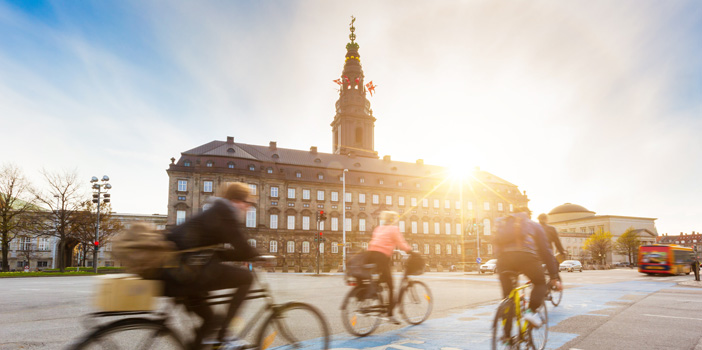
When will the next election be?
There will be another election, when the prime minister calls for one. She can do this at any time. Either because she wants to, or perhaps because she feels pressured to do so by a majority in parliament. In the end, it is the prime minister’s decision. At the very latest, however, there must be a new parliamentary election by November 2026.






